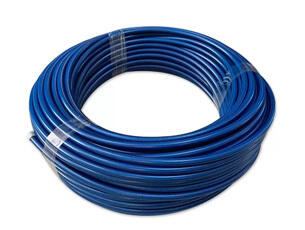Brake Line: Channel for Brake Force Transmission
Brake line, also known as brake pipe, is a channel in the brake system used to transmit brake fluid or brake force. It can be a rigid metal pipe or a flexible hose. Its function is to transmit the force from the brake pedal to the brake device of the wheels, enabling the vehicle to brake. For example, in a motorcycle brake system, there are motorcycle brake lines, which can be in the form of flexible hoses like motorcycle brake hose or linear structures like the ones made of steel wire, pulling to control the action of the brake device. Different types of brake lines, whether hoses or rigid pipes, are crucial components in ensuring the effective operation of the brake system.
Get A Quote

